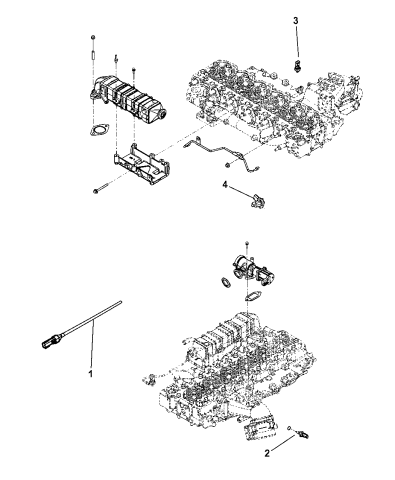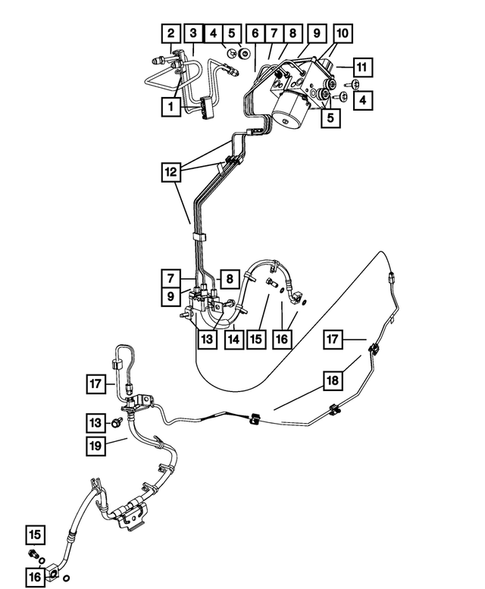

Your valve technicians can go in and adjust the valve’s set pressure to address this issue.

This happens occasionally when changes are made to your facility’s plant design, and technicians forget to recalibrate pressure relief valves for the system’s new normal operating pressure. If the valve was calibrated to the wrong set pressure, it could simply be releasing early. If your system isn’t reaching pressure, this could be a sign of pressure relief valve failure. Here are 3 signs of pressure relief valve failure to watch out for when you’re troubleshooting your facility’s system: System Cannot Reach Pressure That said, pressure relief valves can and do fail, and it’s important to be able to recognize the signs in order to quickly solve the problem, and keep your facility safe. When maintained properly, a pressure relief valve can stay in service for up to 30 years, and if you’ve been having your valves tested regularly, it’s likely that there’s something else in your system that’s to blame. If a pressure relief valve experiences failure, is releasing pressure before a system reaches maximum pressure, or is constantly leaking or chattering, it’s always best to assume that there’s something wrong with the system. In the manufacturing industry, we’re taught to look at the big picture when it comes to troubleshooting.


 0 kommentar(er)
0 kommentar(er)
